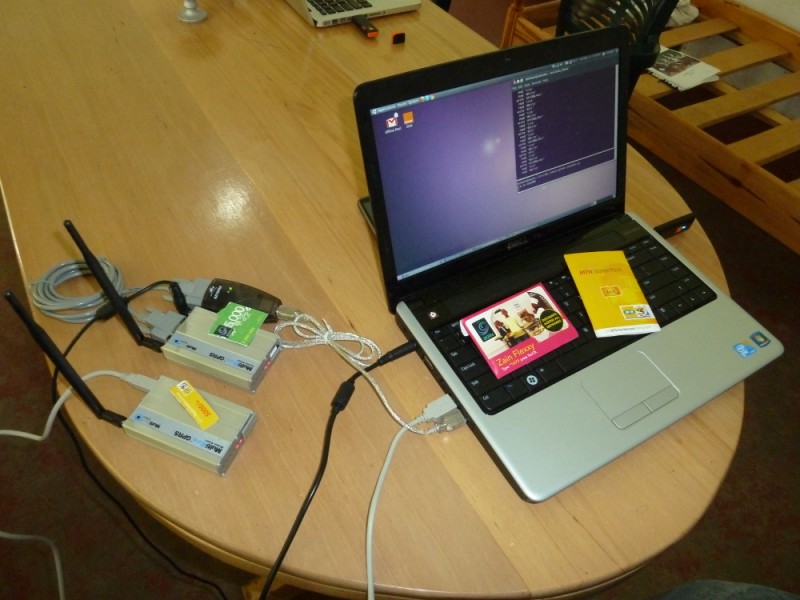script
Posted by KatrinVerclas on Mar 09, 2011
This is a guest post by our colleague Michael Benedict who is currently working in Tanzania and Uganda. It was originally posted on his blog and is published here with permission.
While working with SMS-based applications I’ve noticed an air of mystery around the issue of reliability. I hear colleagues say ambiguous things like “carriers consider SMS to be lower priority than voice”, or “SMS delivery isn’t guarant eed”. My personal experience has been that messages are almost always delivered quickly and correctly, but I’ve heard stories of hours-long delays, corruption of data, and occasionally messages that never arrive. Since I am working on two projects that depend on reliable SMS service — one involves field-based data collection and another employs SMS as a transport layer between computers — I am interested in learning about how factors such as network, location, and time of day impact message transmission. I found myself in Mwanza, Tanzania last week with two GPRS modems and a local partner who was distinctly unenthusiastic about the work I was there to do, so I decided to try an experiment. I bought SIM cards and airtime for three of the major TZ networks, put two at a time in the models, and wrote a simple python script using Adam Mckaig’s excellent pygsm
eed”. My personal experience has been that messages are almost always delivered quickly and correctly, but I’ve heard stories of hours-long delays, corruption of data, and occasionally messages that never arrive. Since I am working on two projects that depend on reliable SMS service — one involves field-based data collection and another employs SMS as a transport layer between computers — I am interested in learning about how factors such as network, location, and time of day impact message transmission. I found myself in Mwanza, Tanzania last week with two GPRS modems and a local partner who was distinctly unenthusiastic about the work I was there to do, so I decided to try an experiment. I bought SIM cards and airtime for three of the major TZ networks, put two at a time in the models, and wrote a simple python script using Adam Mckaig’s excellent pygsm
| Monitoring SMS Delivery Reliability data sheet 5128 Views |
| Countries: |
Tanzania
|


